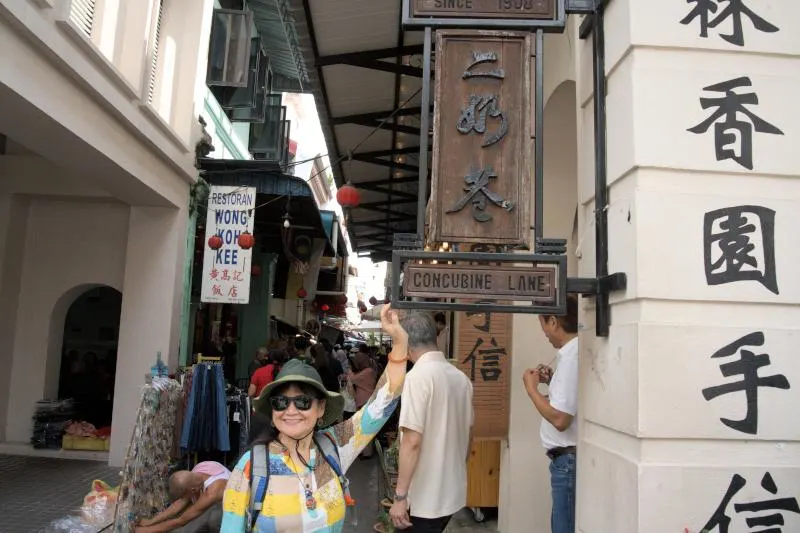
Ipoh Old Town is a unique place that still preserves the early 19th-century atmosphere. Anyone who visits Ipoh must visit this place, particularly the Concubine Lanes.
These lanes are located in the Ipoh old town, where I worked as a part-time storekeeper when I was a teenager, about 40 years ago. When I revisited Ipoh recently, the bookshop where I worked was no longer there. Instead, it had been replaced by a store that sells local dried foods and souvenirs.
The history of Concubine Lanes
The Concubine Lanes have an interesting history. According to the signboard in front of the second concubine lane, after a fire destroyed the old town of Ipoh in 1892, this place was rebuilt with lanes of shops. It is believed by many that this place was home to concubines and mistresses of Chinese tycoons. During that time, Yau Tet Shin 姚德勝, a mining tycoon who owned many properties here, gave three lanes as a gift to his three wives. Each wife became the owner of the respective lane and collected rent from the tenants.
These shophouses were once a center for opium smokers, gambling dens, and prostitutes. Nowadays, it houses a variety of food outlets, gift shops, and souvenir shops.
There are three Concubine Lanes
The three lanes have become popular tourist attractions, with most heritage buildings still conserved. The first lane is Wife Lane (大奶巷), now Hale Lane. The second lane is Concubine Lane (二奶巷), which is Panglima Lane, and the third lane is Second Concubine Lane (三奶巷), which is Market Lane. They are within a minute of walking from each other.
Booking.comThe second land (二奶巷)
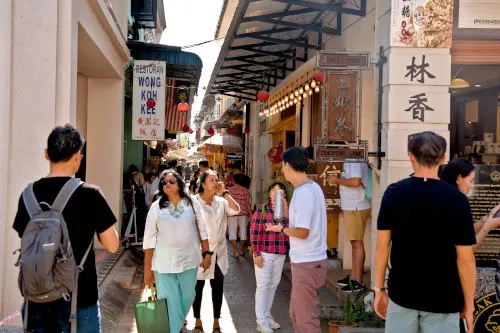
We first visited the second lane as this is where most of the happening is. This lane was previously known as the Second Wife Lane or, in Chinese, Yee Lai Hong (the Mistress Lane) and has existed since 1908. There is a brown signboard with the words "Concubine Lane" (二奶巷) dating back to 1900.
The shops in the locality have undergone renovations to give them a modern look, yet they have retained some of their vintage charm.
The second lane is now a vibrant hub of coffee shops, restaurants, souvenir stalls, and gift shops, offering visitors many options to explore and enjoy. There are various restaurants here, from traditional Chinese food to modern cafes.
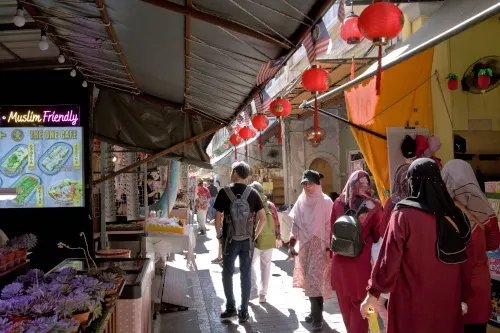
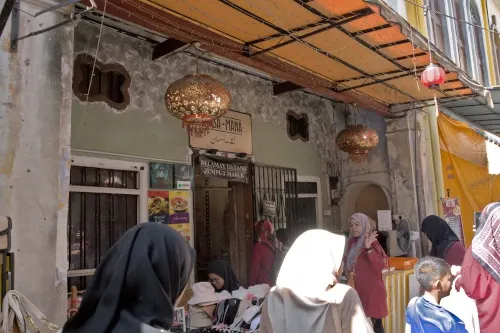
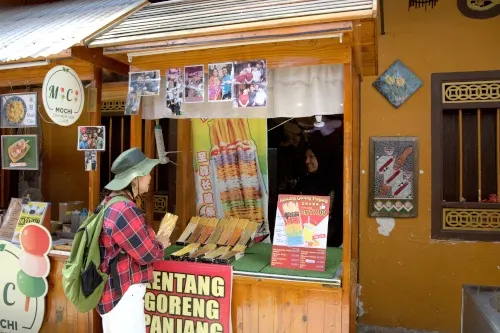
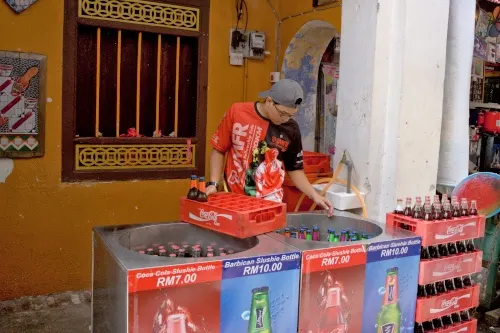
Although the history of these lanes is primarily Chinese, the street food offered here is multi-racial. You can find Laksa Mana, a shop that sells laksa; the One Cafe, which offers Muslim-friendly Chinese Food; Wong Koh Kee, which serves traditional Chinese food; tea houses; Kuma Rainbow Cheese Toast, which offers rainbow-colored cheese toast; Gentang Goreng Panjang (fried long potato strips) with pepper sauce, mayo, and cheese.

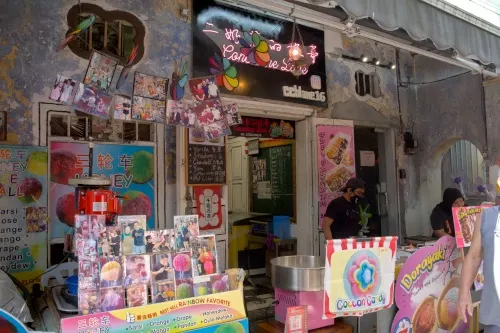
Apart from restaurants, most other shops in this area sell handcrafted items, souvenirs, and toys. Unlike other Chinatowns in other cities in Malaysia, most shopkeepers and staff here are the locals.
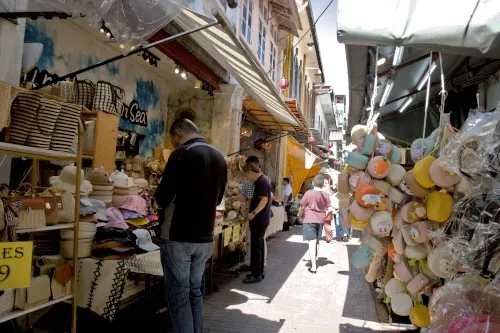

Note: Please be aware that some shops may restrict taking photographs or videos. It is always a good idea to ask for permission before doing so.
The first lane (大奶巷)
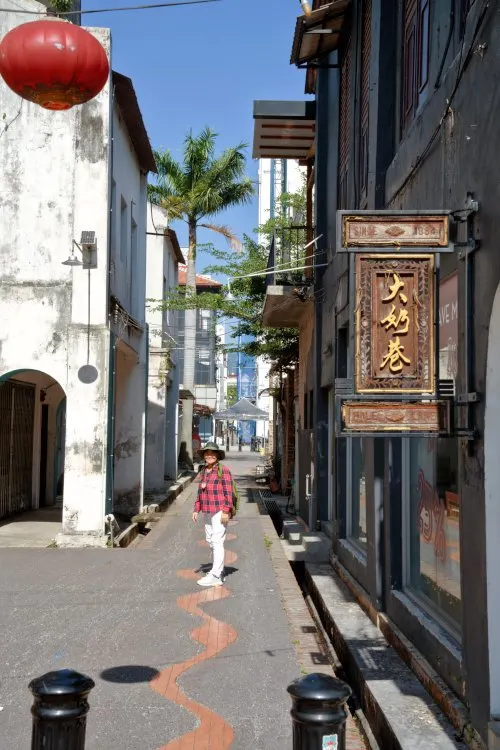
Next, we arrived at the first lane, just a short walk from the second lane. There was a brown signboard with gold words written as 大奶巷/Hale Lane, dating back to 1884. The lane is narrow, and there is not much activity there.
The only significant activity is at Panglima Cafe 25. We enter the cafe from this lane, which is the back of the cafe, as the main entrance is on Jalan Tun Sambanthan.
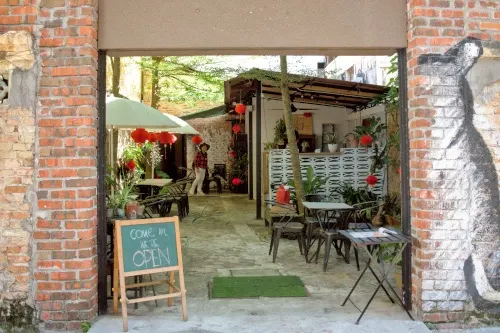
Next to it is the Old Town Kitchen Cafe, a halal cafe serving halal Chinese food.
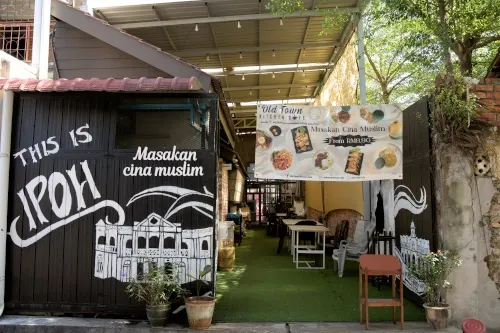
The third lane (三奶巷)
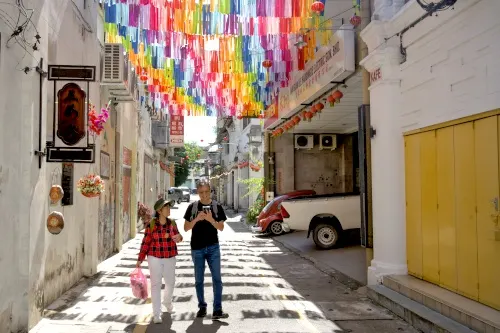
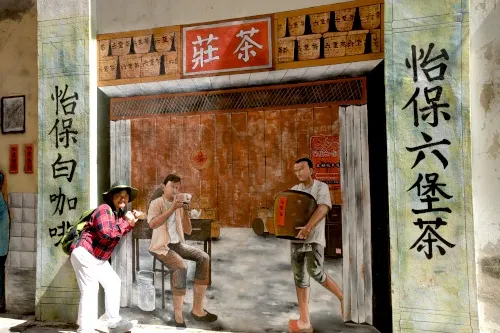
The last lane we visited was the 3rd lane, Market Lane (三奶巷). There were few activities as only a few shops were open. Nonetheless, the most remarkable feature of this lane is the street art. We came across a few very lively murals and took some photographs there.

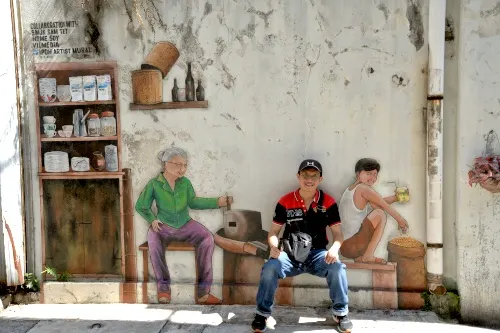
How to get to Concubine Lane
The Internet and maps make finding the location as easy as Googling it. The GPS coordinates are 4.596574660693518, 101.07799884506179.
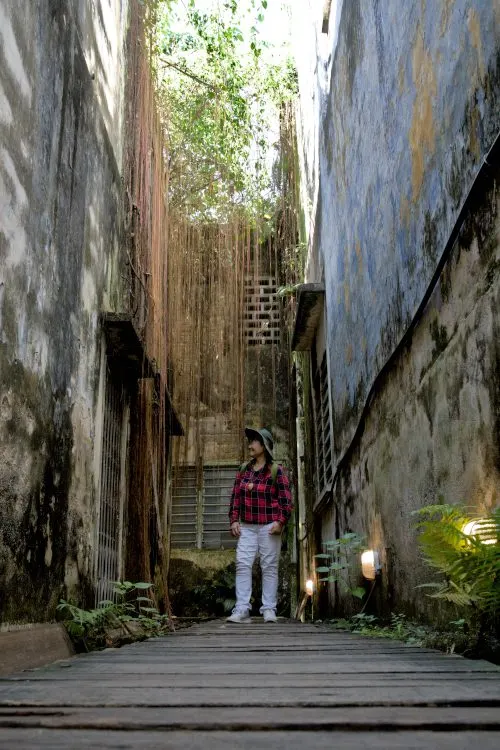
What is the best time to visit Concubine Lanes?
Concubine Lanes have no specific opening hours. However, most shops usually open after 10:00 am. During our visit at 9:00 am, we went to Kong Heng, a famous restaurant located opposite the entrance of the 2nd lane at Jalan Bandar Timah, to have breakfast. Most shops remain open until around 6 pm, and by 7:00 pm, all shops will be closed.
Other activities around Concubine Lanes and Ipoh in general
After visiting the Concubine Lanes, don't miss out on trying the local food exclusive to Ipoh. Kong Heng is a well-known restaurant that serves primarily local street food just at the entrance of the second lane.
Ipoh is a small city, so you can easily walk across the Kinta River from Old Town to New Town in 10 minutes. In New Town, you'll find even more specialty eateries to try out. I've written a separate article on Ipoh's food scene that can provide more information.
Here's another article highlighting the best places to visit in Ipoh.
Watch the video we shot at Concubine Lane👇👇.

